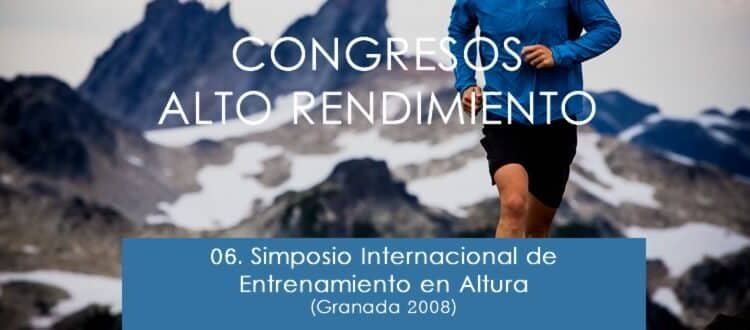Triathlon: Practical application of training in hipoxia
Triathlon: Practical application of training in hipoxia
Our relationship with hypoxic training started in 2001 and every day since then we have witnessed how the ability to adapt has improved as well as the improvement of performance in competitions and training. Since the beginning, our approach consists on a long-term plan that has taken us from a 21-day hypoxic stimulus in 2001 to a 220-day one in 2007. We have never used hypoxia to directly improve performance during competitions. We have always used it to increase training capacity and stimulus over red blood cells. This gradual approach (in days of stimulus) has had an impact on the load training applied, on the number of days of the stays in altitude and on the application of different methods of stimulation. Taking into account altitude stays at the Sierra Nevada’s CAR (High Performance Centre) at 2320 meters above the sea level, the progression has been as follows:
• 2001: 21 days
• 2002: 21 days in January and 21 days in July
• 2003: 21 days in January and 21 days in June
• 2004: 21 days in January and 21 days in May
• 2005: 15 days in January, 24 days in February, 21 days in June
• 2006: 15 days in December, 24 days in February and 24 days in June
• 2007: 15 days in December, 24 days in February and 24 days in June Due to the appearance of new technologies we have been able to increase the length of time of exposure to hypoxia. In this way, we have gradually accumulated stimulus as follows:
• 2004: 90-day stay in simulation tent
• 2005: 105-day stay in simulation tent and 15 sessions of IHT
• 2006: 115-day stay in simulation tent and 30 sessions of IHT
• 2007: 130-day stay in simulation tent and 40 sessions of IHT
Throughout these years we have observed adaptations in every sense, from the ability to bear training loads to the ability to adapt to hypoxic stimulus. This ability to adapt can be summarised as follows:
• Ability to bear higher volumes of altitude training.
• Increased cardiac adaptation to the effort.
• Faster recovery after efforts.
• Ability to sustain higher intensity loads.
• Decreased UREA and CK concentrations.
• Better psychological ability to adapt to high-altitude training conditions.
• Smaller losses of O2 saturation in altitude as well as during IHT sessions and stays in simulation tent.
This Olympic year we are including in our programme weekly hypoxic training sessions, simulated or at moderate altitude (1800 Mts.). And also stays at the Sierra Nevada’s CAR 2×21 days, and 45 to 50 IHT sessions.






